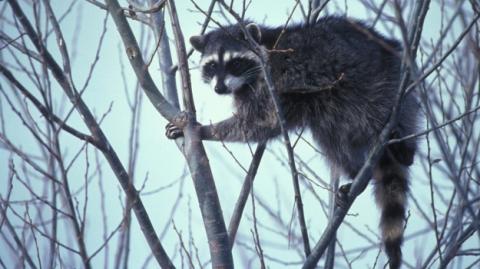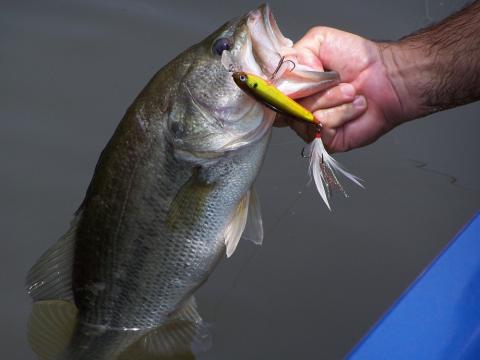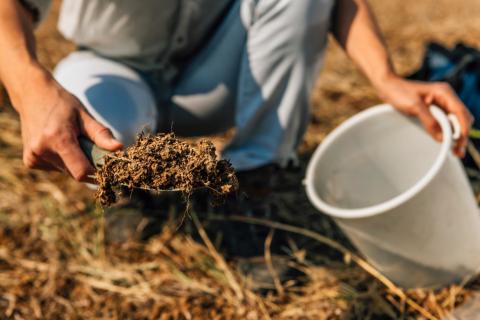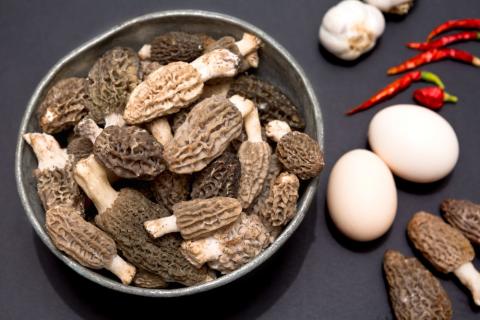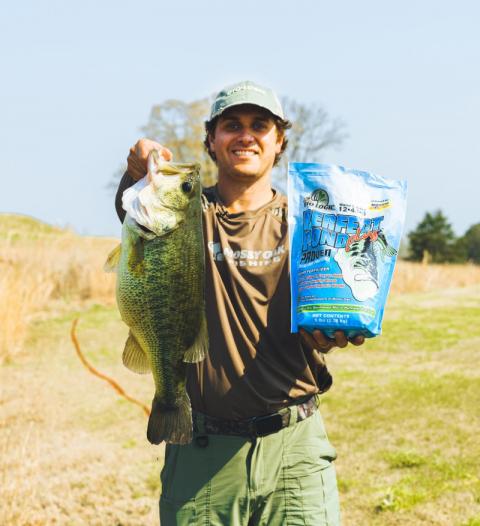Mark Owen Tells About Finding and Identifying His Ohio Monster Bow Buck
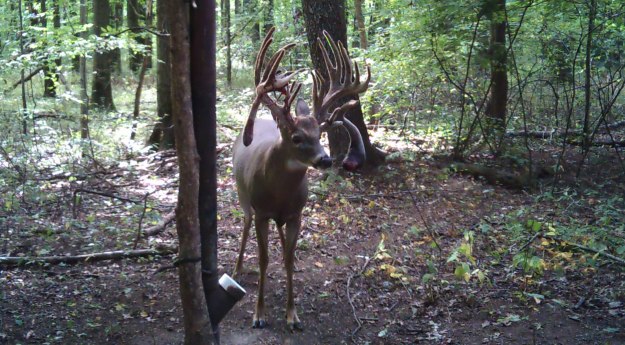
Editor’s Note: Twenty-seven-year-old Mark “Buck” Owen of Wooster, Ohio, found and took a buck of a lifetime wearing Mossy Oak Break-Up Infinity camouflage. He says, “I really like Mossy Oak, because I am also a turkey hunter and like a more-open pattern. I wear the hunting gear I use for deer hunting to hunt turkeys. I’ve been wearing Mossy Oak for 6 years. I was in a sporting-goods store and saw a really-nice coat. I didn’t even look at the camo pattern. I just liked the way the camo looked. I knew it would fit into the terrain I was hunting. So, I bought the coat. When I learned it was Mossy Oak, I started buying my pants, shirts and the rest of my hunting clothes in Mossy Oak. I stuck with the pattern and company, because my success has been in Mossy Oak. I believe that when something’s working for you, you don’t need to leave it. I’ve been a fan of Mossy Oak for a long time, and I see no reason to change.” Owen used his PSE Dream Season DNA bow to take the big buck. The story of how he found the deer, how he got permission to take the deer, and the agony of his defeat before the thrill of his victory makes this story unusual, exciting and a dream come true. This week Owen gives us the secrets of finding big bucks and getting permission to hunt them, as well as the techniques he used to pinpoint when and where that buck would appear, and the way he took this 2nd biggest Ohio bow buck ever.
I’ve been hunting deer for 10 years with a gun and 4 years with a bow. I’ve taken one buck that scored over 140 plus points Boone & Crockett and two bucks over 130 points Pope & Young. To take a monster buck, you have to find the deer, get permission to take that buck, know exactly what time and when the deer will show up, and then make a clean and lethal shot when you have the opportunity.
I sell cattle genetics (semen) for both dairy and beef cows as a living. My territory is northeast Ohio. A couple of years ago, one of my customers and I began to talk about deer hunting. He’d ask me questions about deer hunting, and I would tell him what I thought, to help him take the deer he was hunting. I also scouted his property to try and help him take deer. I wasn’t scouting for myself. My customer had taken plenty of deer in the past, but his purpose for taking deer was to put meat in the freezer. I wasn’t trying to get permission to hunt his land or to hunt this deer by helping him.
In June, 2013, this landowner said, “When I was riding over my land, I saw four bucks and a doe bedded down. Two of the bucks looked pretty big. There was one buck that seemed to have a lot of horns.” I asked the landowner why he didn’t put out a trail camera to try and get pictures of the deer he had seen. Then I told him I’d bring my Moultrie trail camera and put it out to enable him to see the size of bucks he had to hunt that year.
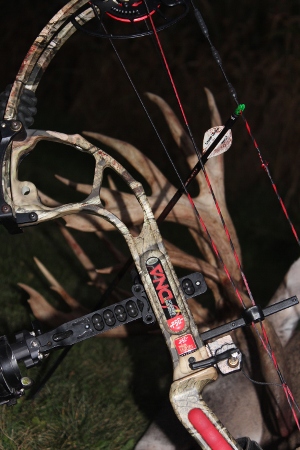 A big buck means various things to different people. I wanted to get a picture of this deer. The landowner put out some shelled corn, and I placed the camera, so it would photograph any deer coming to eat the corn. This landowner liked to feed deer through the summer to get deer coming to his property, and then he would have deer to hunt when the season arrived. At the end of a week, we took the flash card out of the camera, and I couldn’t believe my eyes. I saw a really-big 9 point that would probably score 140 and lots of little 2-year old bucks and does. Then, I saw the monster buck that was in the velvet. He took my breath away. He had a drop tine that looked to be as big as my forearm, and the rest of his rack was really huge. I was excited just to see this deer and know that the landowner would have an opportunity to take him. I told the landowner, “You’ve got a magazine buck here. If you take this buck, I promise you he will show up in someone’s magazine somewhere.”
A big buck means various things to different people. I wanted to get a picture of this deer. The landowner put out some shelled corn, and I placed the camera, so it would photograph any deer coming to eat the corn. This landowner liked to feed deer through the summer to get deer coming to his property, and then he would have deer to hunt when the season arrived. At the end of a week, we took the flash card out of the camera, and I couldn’t believe my eyes. I saw a really-big 9 point that would probably score 140 and lots of little 2-year old bucks and does. Then, I saw the monster buck that was in the velvet. He took my breath away. He had a drop tine that looked to be as big as my forearm, and the rest of his rack was really huge. I was excited just to see this deer and know that the landowner would have an opportunity to take him. I told the landowner, “You’ve got a magazine buck here. If you take this buck, I promise you he will show up in someone’s magazine somewhere.”
I was so excited to see a deer like this in the wild on my trail camera. I said, “I would do anything to kill a deer like that. But he’s on your property, and you need to take him. I just want to put my hands on him, after you shoot him. We need to devise a plan to dial this buck in, so, you can get a good shot at him.” The landowner laughed at how flustered I was about seeing that big buck. He thought my enthusiasm over this big buck was hilarious. I told the landowner, “I’m going to bring another trail camera to pattern the buck better.” The first picture I got of the buck showed the angle he was coming into the feeder. I brought two cameras back to the property, set-up one camera on the left-hand side of the tree that I could see in the background of the photo and put the second camera on the right-hand side of the tree. This way, I could determine which side of the tree the buck came from to go to the feeder.
When I knew the direction he was coming from, I moved up the trail another 10 yards and once again placed a trail camera on the left side and one on the right side of a tree. In early bow season, bucks are very patternable. So, I kept moving my cameras until I had gone up the trail about 50 yards and finally spotted a trail going into a thick cover area. I was pretty sure this was his bedding area. This little neck of woods where the deer lived was between a soybean field and a corn field. On the other side there was a very narrow strip of woods that would put the buck within bow range for the landowner, who hunted with a crossbow. When I reached the bedding area, I backed out. I didn’t want to spook the deer that might be in there.
From the pictures I had gotten from the trail cameras, I knew this monster buck was using the same trail every day and night to go to the feeder. To keep from being confused, I put an “R” on the flash cards that I kept in the trail camera on the right side of the tree and an “L” on the flash card on the left side of the tree, as I was facing the bedding area and my back was to the feeder. This way, each time I checked my flash cards, I knew which camera was photographing the big buck. We got a ton of pictures of the monster buck, the 9 point and all the other bucks that were coming to the feeder. The feeder was in open hardwoods that funneled back to a very brushy bedding area. There were multiple trails going into the brush, which had a little knoll in it. Too, the brush connected to a pine forest. Several trails were coming out of this bedding area. I wanted to make sure we knew for certain which one of the trails the monster buck preferred.
Tomorrow: Mark Owen’s Dream Comes True When He Hunts a Monster Ohio Bow Buck














